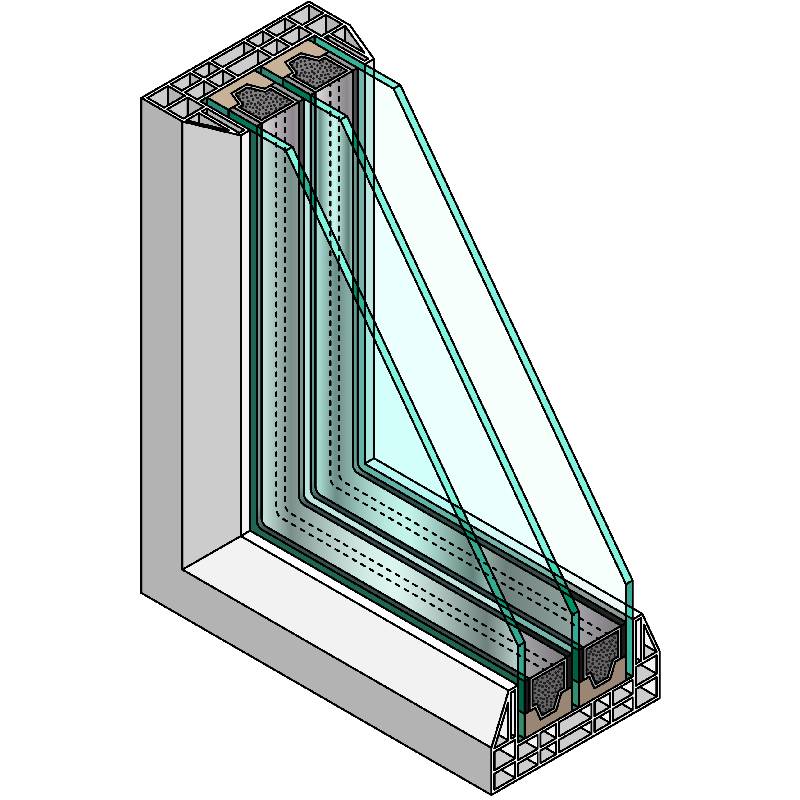

The Advantages of Double Low-E Glass A Modern Approach to Energy Efficiency
In an era where energy conservation and sustainability are at the forefront of architectural advancements, double low-emissivity (Low-E) glass is becoming increasingly popular among builders and homeowners alike. This innovative glass technology offers numerous benefits, particularly in enhancing energy efficiency, improving indoor comfort, and minimizing environmental impact. In this article, we explore the features of double Low-E glass and investigate the reasons behind its rising popularity in both residential and commercial applications.
Understanding Double Low-E Glass
Double Low-E glass features two layers of low-emissivity coatings applied to the glass surfaces within an insulating glass unit. These coatings are designed to reflect harmful ultraviolet (UV) and infrared (IR) radiation while allowing natural light to pass through. This design significantly reduces the amount of heat lost in winter and minimizes heat gain during summer months, making it a crucial element of energy-efficient design.
The term low emissivity refers to the glass's ability to emit thermal radiation. Low-E glass has a higher reflectivity compared to traditional glass, which means it can retain indoor heat during colder months and repel unwanted solar heat during warmer periods. By choosing double Low-E glass, homeowners and architects can significantly improve a building's energy performance.
Energy Efficiency and Cost Savings
One of the most compelling advantages of double Low-E glass is its impact on energy efficiency. Buildings equipped with this type of glazing can reduce heating and cooling costs by as much as 30 to 50 percent. Lower energy consumption translates into reduced utility bills, which is especially beneficial given the rising costs of energy in many regions.
Moreover, many governments and utility companies offer incentives for incorporating energy-efficient solutions into home and building designs. Using double Low-E glass may qualify property owners for financial rebates and tax credits, effectively offsetting installation expenses. This not only adds to the investment value of the property but also aligns with broader sustainability goals by minimizing energy consumption.

Enhanced Comfort and Aesthetic Appeal
Beyond its energy-saving capabilities, double Low-E glass contributes to enhanced comfort within indoor spaces. By regulating temperature fluctuations, it helps maintain a more consistent indoor climate. Homeowners can enjoy a cooler home in summer without over-reliance on air conditioning, while winter months can be more pleasant with retained warmth.
Additionally, this glass technology helps reduce glare from the sun while allowing ample natural light to filter through. Many property owners appreciate the balance of brightness without the accompanying discomfort of excessive glare. Furthermore, when used in windows and glass doors, double Low-E glass can also improve the exterior aesthetics of a building, adding an element of modern elegance that complements various architectural styles.
Environmental Impact
In today's global context, the quest for sustainable living has never been more crucial. Double Low-E glass significantly contributes to environmental conservation by decreasing the carbon footprint of buildings. Since energy production is often tied to greenhouse gas emissions, reducing a building's energy needs helps in the overall reduction of environmental impact.
By investing in energy-efficient building materials like double Low-E glass, homeowners are making a statement about their commitment to sustainability. This conscious choice plays a part in addressing climate change challenges and encourages the development of greener technologies and practices in the construction industry.
Conclusion
Double Low-E glass represents a remarkable fusion of innovation and functionality, making it an excellent choice for anyone looking to enhance energy efficiency while maintaining comfort and style. Its ability to reduce energy consumption, improve thermal performance, and contribute to environmental sustainability makes it a preferred option for modern building designs. As energy prices continue to rise and the focus on renewable resources intensifies, the popularity of double Low-E glass is likely to soar, paving the way for a more sustainable future in architecture and construction. Investing in double Low-E glass not only benefits individual homeowners but also serves as a vital step towards creating a greener planet for future generations.